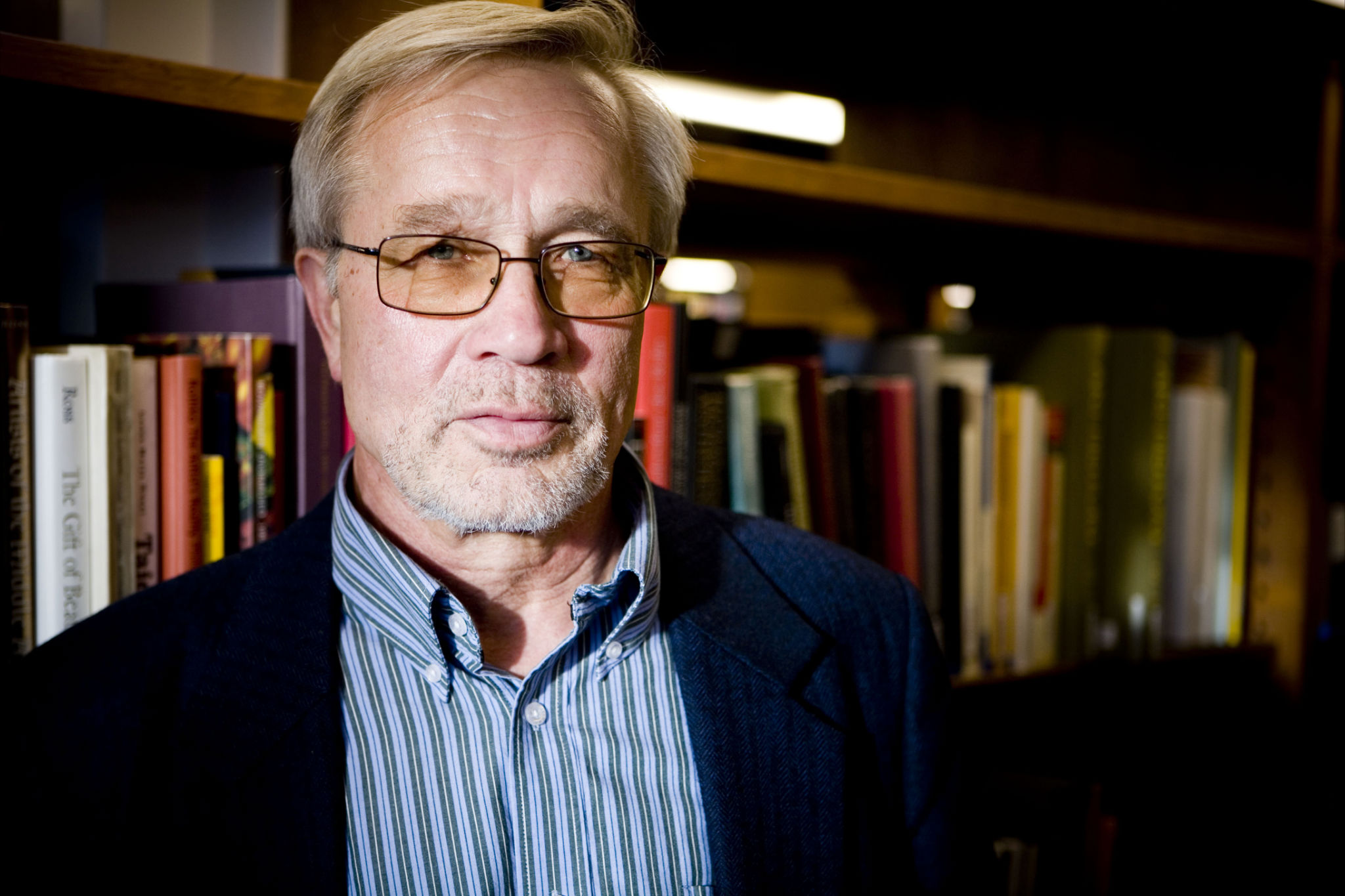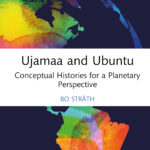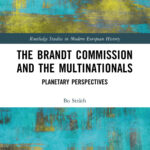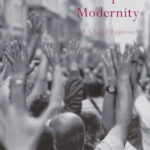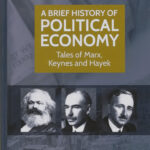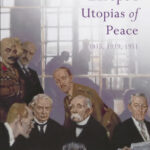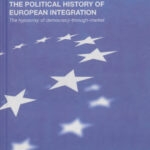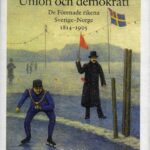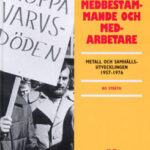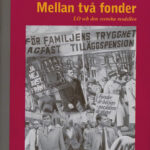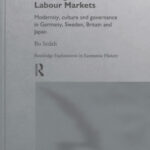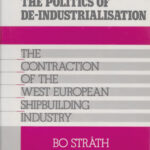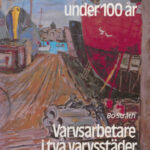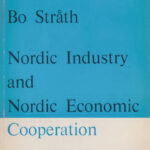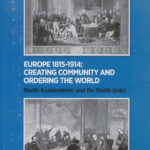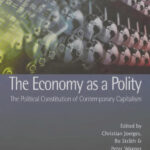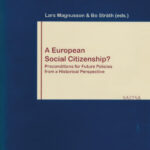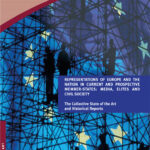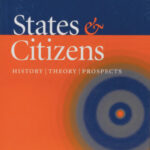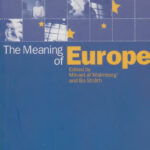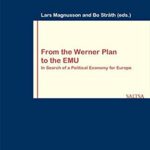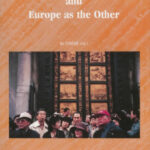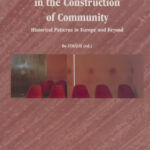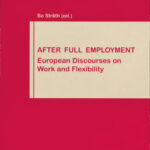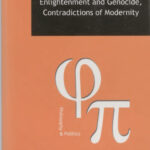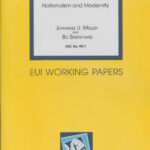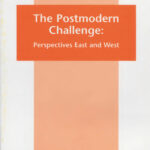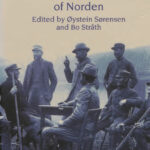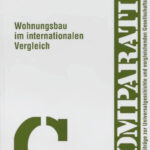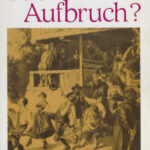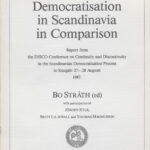A joint Project of the European University Institute/Robert Schuman Centre, European Forum, Florence and the National Institute for Working Life /SALTSA, Stockholm
Directors: Professor Lars Magnusson and Professor Bo Stråth
Outline
In March 1971, the European Council established a European Economic and Monetary Union. The EMU should have been fully established by 1980 within the framework of this endeavour, known as the “Werner Plan”. Emphasis was placed upon the EMU as an instrument for full employment, economic growth and stability. The focus was on a Keynesian and tripartite corporatist economic policy, and the monetary issue was seen as subordinate and instrumental. The plan was elaborated in the spirit of a new start for the European project following de Gaulle’s resignation in 1969. Little is known of the circumstances and networks under which it was developed. The plan was launched before the collapse of the Dollar and the emergence of mass unemployment in the 1970s. In a near-crisis climate, the plan was bolstered in 1973 by the idea of a European identity, the promotion of which was decided upon at the December summit in Copenhagen. Attempts were made to connect the Werner Plan and the identity idea to a Eurocorporatist tripartite strategy. Establishing the European Trade Union Confederation in 1973 was one of the expressions of this tripartite strategy. However, the idea of a tripartite approach was gradually absorbed by the emergence of neoliberal language under mostly uninvestigated circumstances, and the Werner plan was dead long before the planned year of its fulfilment. The “snake”, the European Exchange Rate Mechanism, and other responses to the dollar collapse absorbed the political energy.
By the end of the 1980s, the plan for an EMU re-emerged. It occurred in the framework of neoliberal market rhetoric following the decisions of the White Book Programme and the Single Act. To a great extent, the economic-political dimension was now subordinated the monetary policy. At the envisaged European level, economic politics were disconnected from social and labour market politics, which was a point of departure in the Werner Plan. Economic politics were a matter of fulfilling certain criteria regarding budget deficits, state debts, and interest and inflation levels. Thus, economic politics in this new European scheme were subordinated to monetary politics and ends and means seemed to have changed places. The Amsterdam Treaty in 1996 can be seen as an attempt to establish a social counterpart to the EMU. Later statements and agreements in the direction of an employment union (Luxembourg 1997 and Vienna 1998, for instance) can be seen as steps reinforcing this attempt. On the other hand, the formulation in the Amsterdam treaty Title VIII (“a high level of employment” as a goal) is, in one reading, a retreat from the “full employment” goal. Therefore, the role of the Amsterdam Treaty and later agreements/statements as instruments to re-establish a political economy must be critically and carefully analysed.
Aim
This project aims to investigate the potential connection between the idea of a European Economic and Monetary Union and economic politics with a bearing on labour markets and social issues. The insight that the labour markets have changed fundamentally since the 1970s and that social questions, as a consequence, have assumed new meanings belongs to the preconditions of the attempts to re-establish such a connection. To what extent do the Amsterdam treaty and later policy statements provide a basis for such a re-establishment?
Questions
The problem addressed by the project aim must necessarily be studied from a historical view, provoking several central questions about how the idea of an economic and monetary union has been transformed:
What was the more precise context at the inception, during the late 1960s, of the idea of an economic and monetary union? What was the connection to the European idea of market integration in the wake of the Rome Treaty and in the framework of the Cold War? How can we understand the emphasis on full employment, economic growth and stability? Were these goals perceived of as being at risk before the Dollar collapse, the oil crisis and the collapse of labour markets? And if so, when? What did the events in 1968 and the framework of the Cold War and the Vietnam War mean? In the 1970s, how was the idea of EMU transformed in the framework of attempts to establish a Eurocorporatist tripartite order? What were the reasons for the Werner Plan’s demise? When and how did the idea of an EMU re-emerge in the 1980s? How did this restart connect with the White Book Programme and the Single Act? What was the role of the Delors Commission? What was considered when the new President of the Commission, from his French Catholic Socialist point of departure and experiences as Minister of Finance under Mitterand, took up the neoliberal ideas and tried to integrate them with his view and transform them into a European project? The symbiosis aimed at was hardly the neoliberal utopia, but what was it then? How were the criteria for the new Maastricht EMU negotiated? What kind of economic theory legitimatised them? How can we understand the collapse of the European idea, in which the Werner Plan was embedded, to the economic technicality and rigidity of the EMU in the 1990s? How can we understand the insistence on harmonisation in this area while in other policy areas like social policy and labour market regulation, earlier integration ideals of harmonisation had been transformed into the rule of mutual recognition (“anything goes”)? How and when did this transformation occur? What social, political and labour market political potential do the Amsterdam Treaty and the recent policy statements (Luxembourg, Vienna and others) have? What social responsibility can be derived from the European idea and identity discourse?
Approach
This set of questions to build a historical scenario from the 1960s up to the present is contained in the first approach to the main goal. This approach seeks to identify and situate the cultural, sociological, ideological, and political presuppositions of the EMU. It will also explore the conceptual shift from the dominant discourse of Keynesianism in the 1950s and the 1960s to the triumph of neoliberalism in the 1980s. The discourse of political economy undergoes a profound mutation during this period. A point of departure is that economic and social sciences and their theories do not analyse these processes from the outside but are active elements in constructing meaning. Markets are politically constructed, and the language in economics should not be taken for granted but made the subject of scrutiny. In this view, the project will seek to study and clarify the terms of mutation.
A second approach – based on this historical scenario – is a set of questions about today’s preconditions for re-establishing a link between economic politics, labour market and social politics at a European level. The question of subordination of the monetary politics to the economic, labour market and social politics. This approach entails the search for new meaning in the question of employment creation through structural adjustment and investigating the financial provision for such adjustment. We are looking for alternatives between neoliberal approaches in this area, with the International Monetary Fund as a case in point and older corporatist approaches. Our formula would tentatively go toward cutting the rigid ties imposed by economic theory on government spending.
Connected questions, to be touched upon rather than addressed, are the efficient use of EU resources (CAP and the structural funds, for instance) and how public resources can be mobilised (income taxes, taxes on labour and capital, consumption and production taxes, etc.). A key question is the role of economic politics in a situation where the connection between capital investments and employment seems to be cut, or rather, where the earlier positive correlation has been transformed into a negative one, at least in the short run. To what extent employment (as opposed to work) has become a Malthusian category or not, i.e. in permanent decline, is a hotly debated question. It is not the task of the project to get deeper into this debate but rather to observe and assess it. Irrespective of whether employment is a long-term declining or growing category, the interrupted connection between investments and employment must be considered and evaluated regarding economic-political strategies. A question here is whether the connection can be re-established through European financial politics. And if the connection between economic and monetary politics and the political guarantee of a decent social standard can be re-established through redistribution and reintegration of the socially excluded.
Organisation
The project is co-operatively organised by EUI/RSC and NIWL/SALTSA within the European Forum 1999-2000 framework. SALTSA is a joint venture of the National Institute for Working Life and the Swedish Trade Unions with a European research programme on changes in working life. The work began during the second half of 1999 with the first workshop: From the Werner Plan to the EMU: The Economic-Political Embedding of Labour Markets between Europe and the Nation in Historical View, 26-27 November. The project continued in 2000 with three workshops:
Exploration in Economic Sociology: Economics, Institutions and Culture
Social Democracy and Economic Management: Can the Primacy of the Political be Regained? Labour Market Norms in Transition.
The project resulted in the volume From the Werner Plan to the EMU.
